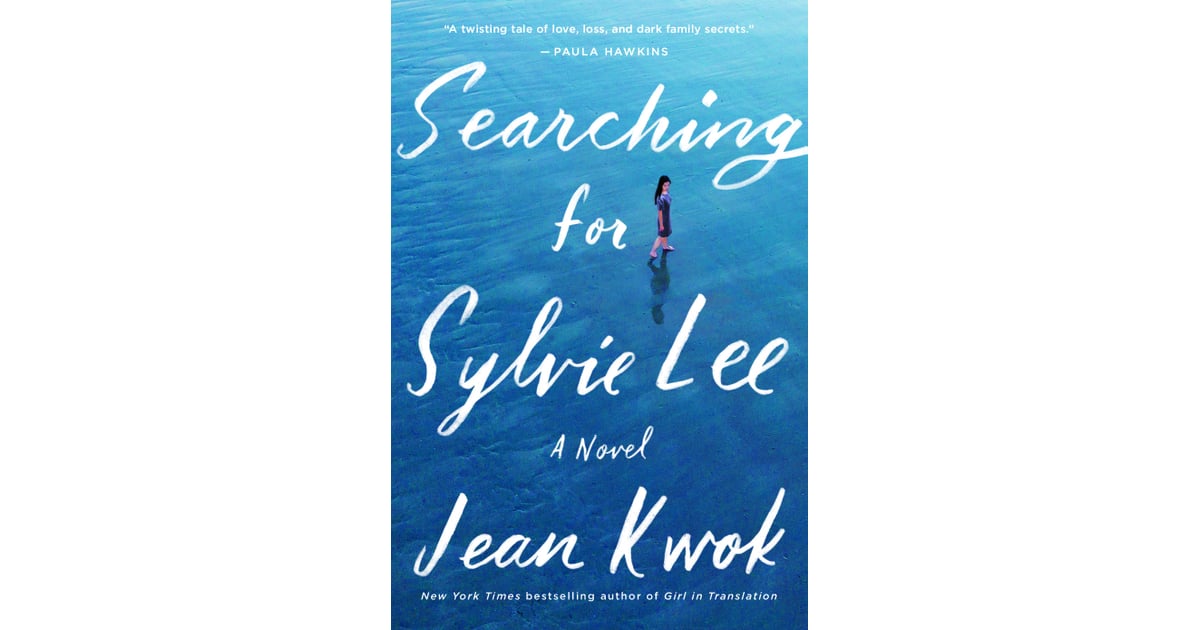


We see Ma for the first time through Amy’s eyes. Her prose, distinguished by a lack of contractions and bovine-inspired expressions-“it’s raining cow tails”-rarely draws attention to itself, but occasionally, a sentence kicks up a storm of cultural narratives: “Where I was cold and false-a beast of artifice like the bejeweled mechanical nightingale the Chinese emperor bought to replace the one of flesh and blood-Amy was genuine, a sweet little piece of licorice, always true to herself.” Sylvie’s narrative, unfolding a month before Amy’s, is written in an anglicized rendition of Dutch. Kwok switches between their three traditions with ease, having lived in Hong Kong, Brooklyn, and the Netherlands.Īmy, who grows up speaking only English, tells her story in a lively present tense.


Each character narrates in her most intimate language. In Amy’s bedroom hangs a poster with a quote from Willa Cather: “The heart of another is a dark forest, always, no matter how close it has been to one’s own.” These words become the novel’s thesis as it progresses through chapters that alternate between the limited points of view of Amy, Sylvie, and their mother, “Ma”. When Sylvie disappears during a trip to the Netherlands, Amy goes to find her by retracing her sister’s journey. Awkward, bookish, and prone to falling in love with strangers, Amy is easily the novel’s most likable character. Her younger sister, Amy, envies her-for her elegant hips, her degrees from Princeton and MIT and Harvard, her even-keeled mind-and views herself as an “afterthought,” far from the spectacular path of assimilation even as she dreams of being a teacher. Now in her thirties, Sylvie is married to an old-money husband and works as a management consultant. During her childhood, she lives with relatives in the Netherlands for nine years because her parents cannot afford to take care of her at home in Queens. Sylvie, the titular character of Jean Kwok’s third novel, Searching for Sylvie Lee, is the daughter of Chinese immigrants, a girl who learns her manners from etiquette books and studies designer brands as intently as her statistics textbooks.


 0 kommentar(er)
0 kommentar(er)
